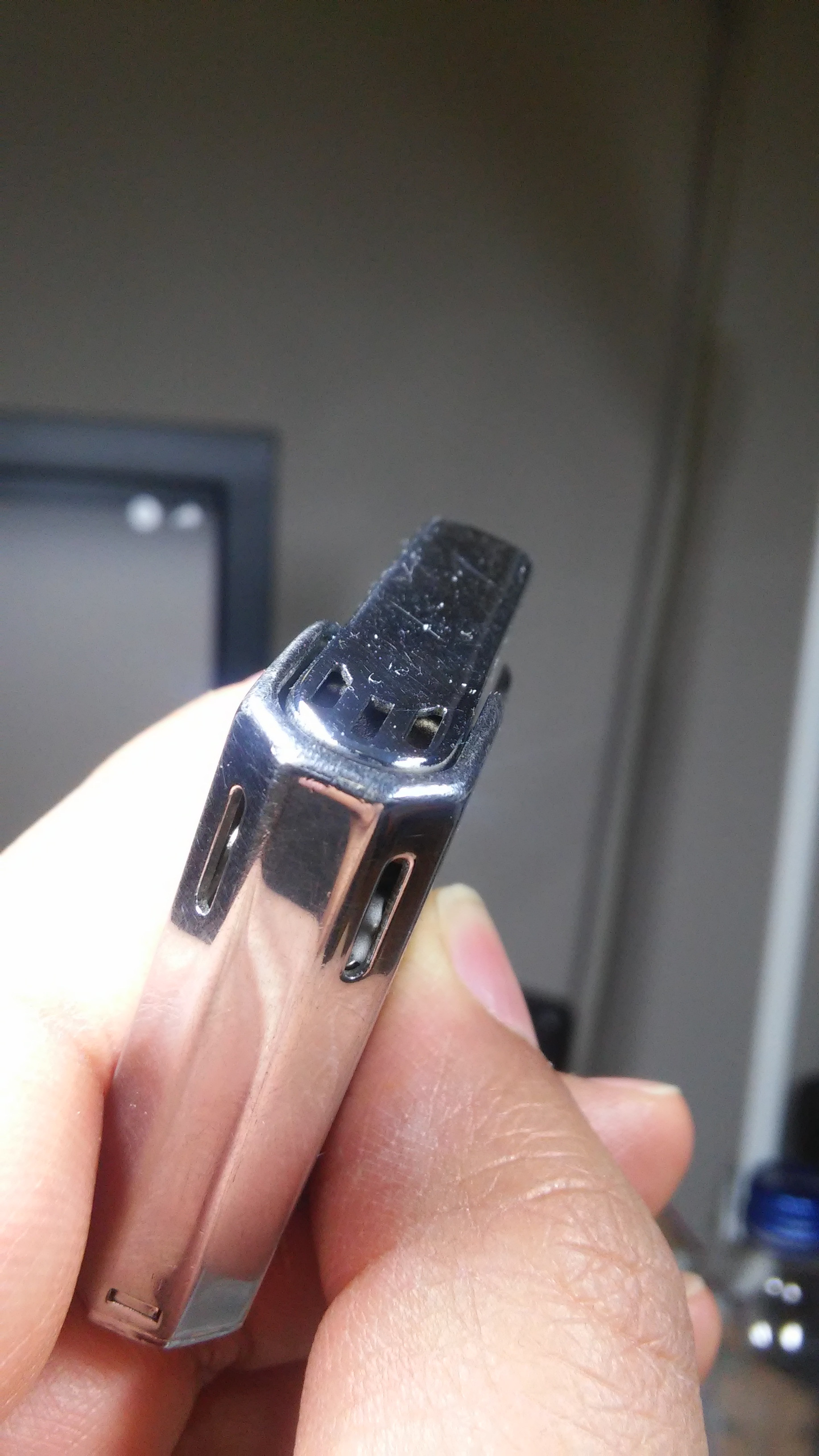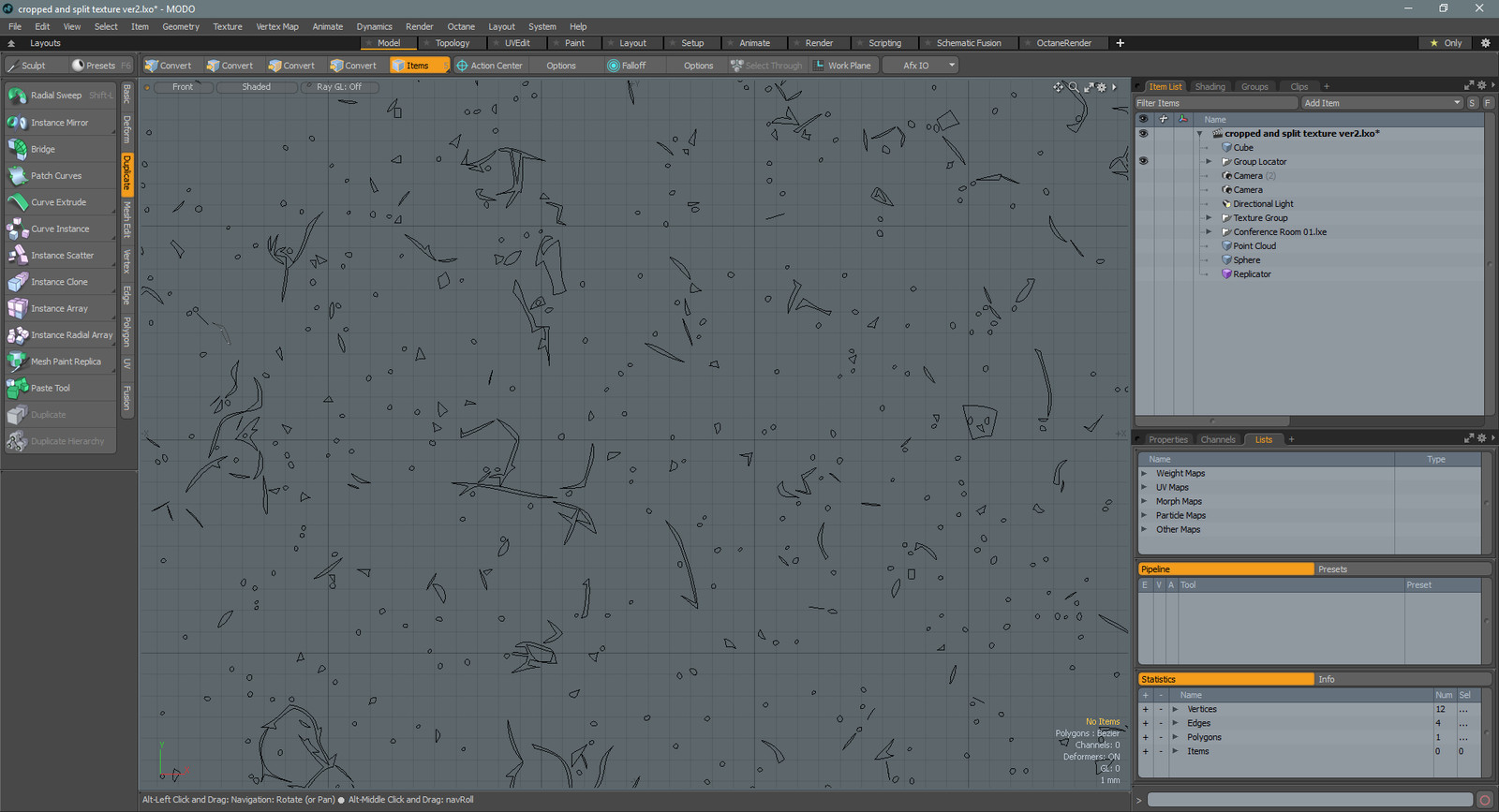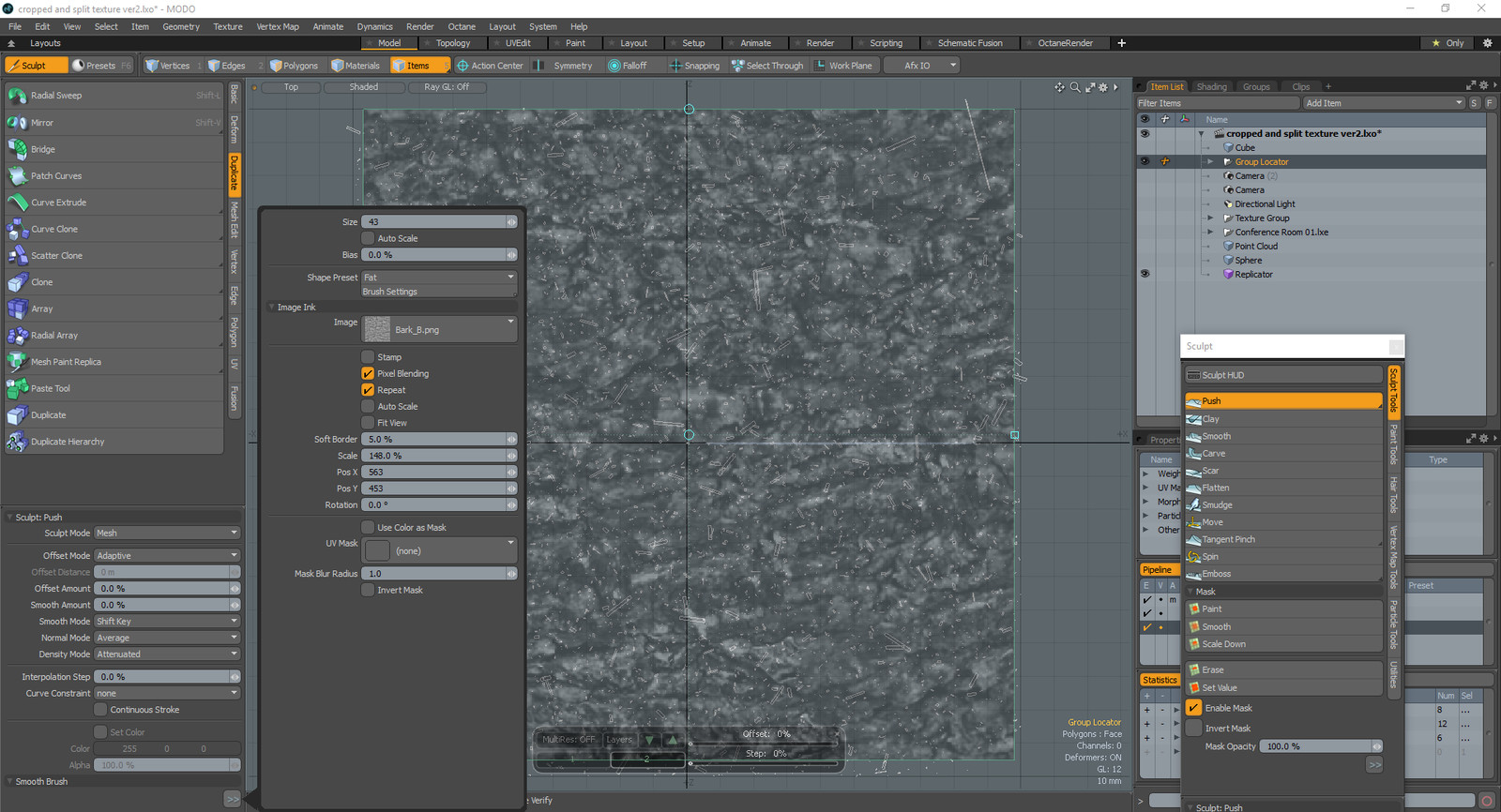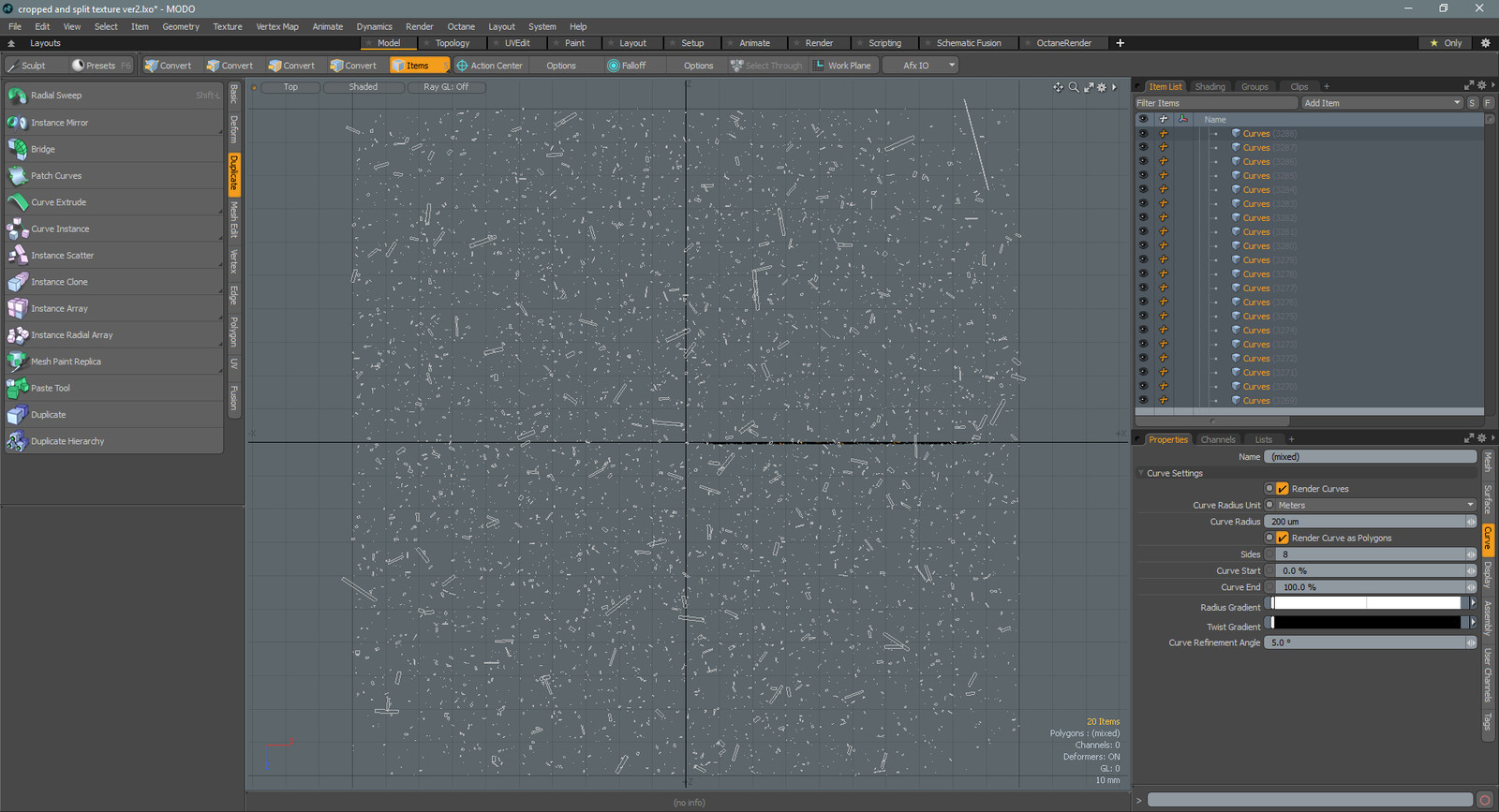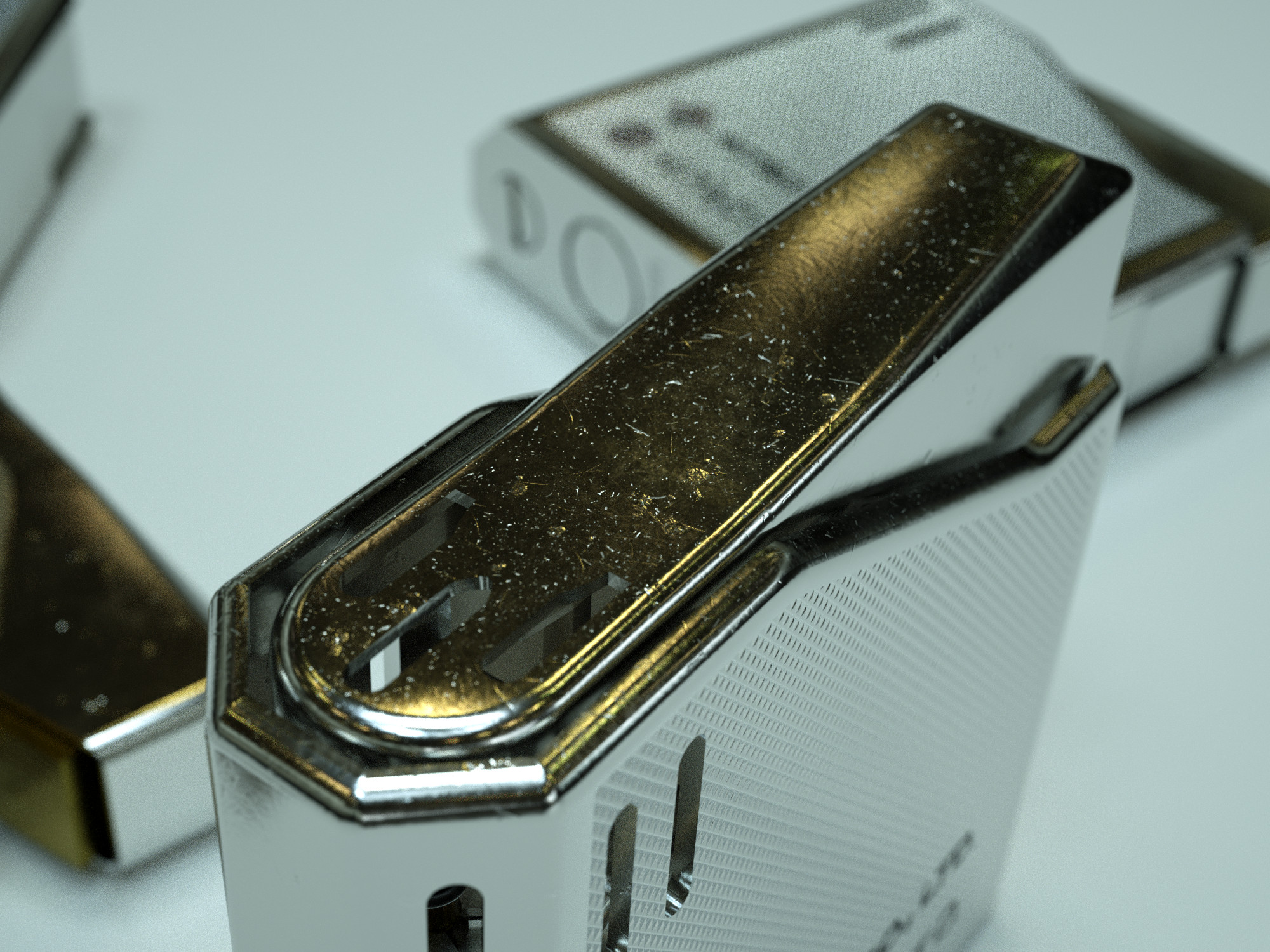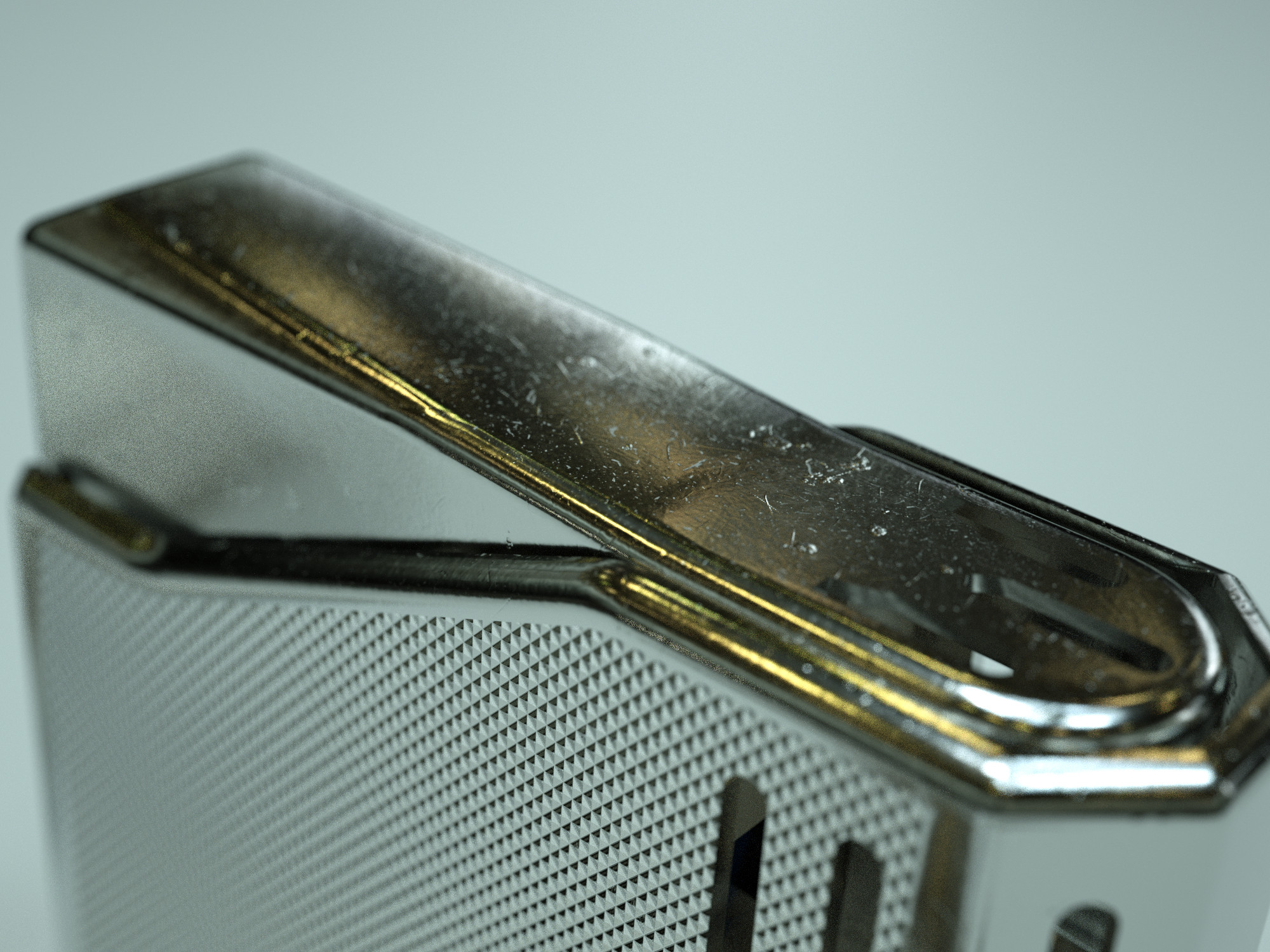Cem Tezcan
3D Generalist, Product and Technical Designer
Micro-Dust Material Tutorial
Hello,
I tried to get micro dust on my lighter geometry. I used Poliigon's 3K dust texture as reference. Then created my 3d dusts with vector Magic and Modo, painted them with Substance Painter and finally get the capture from Marmoset Viewer.
Hope you like the result and explanation.
I have used my lighter model to use these dusts on which can be accessed by:
https://www.artstation.com/artwork/544aW
Realtime capture of the dusty material I get

This is the reference image that I used to get my 3d dusts. It can be obtained from http://www.poliigon.com
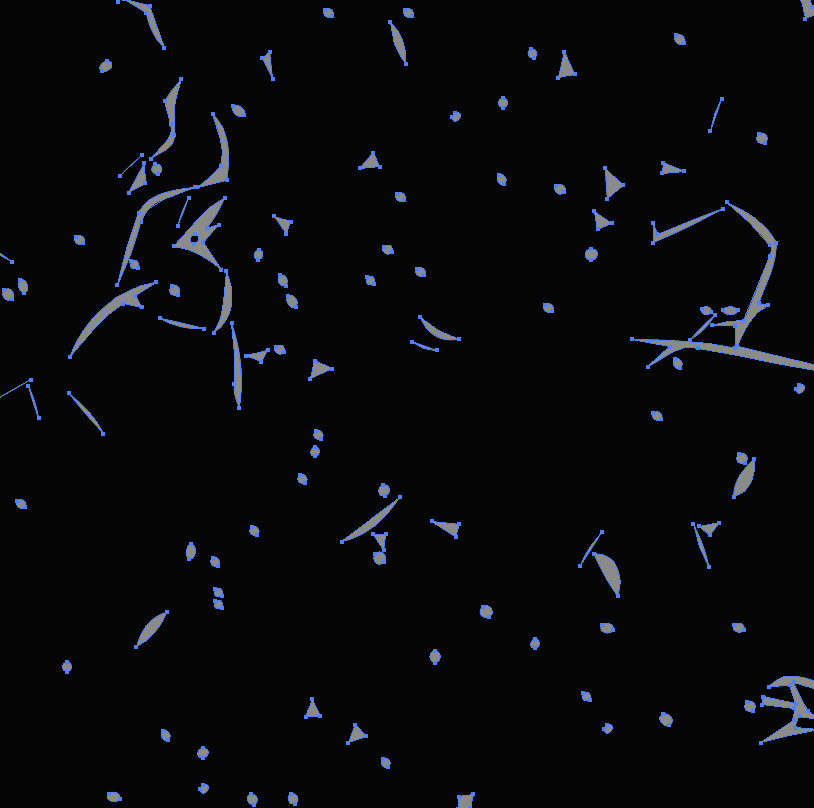
This is the vectorized image (.eps format) gathered with Vector Magic software. http://vectormagic.com
